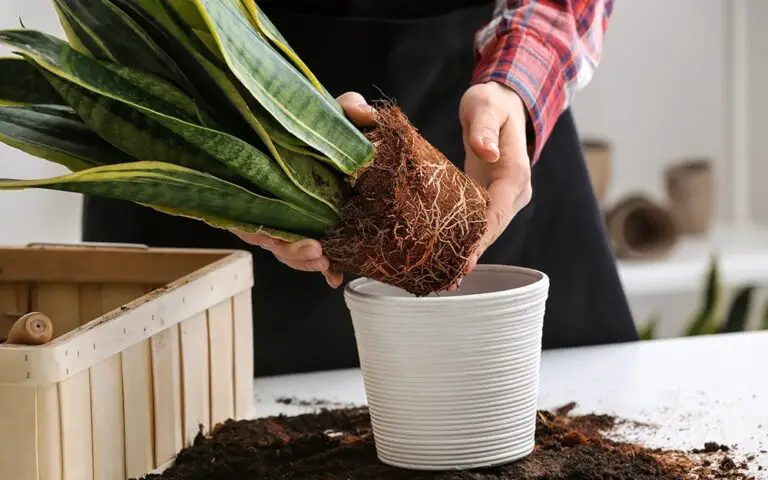Sansevieria Desertii – Snake Plant Care

Also Known As
At A Glance
Features
Origin
S. Desertii is native to several parts of Africa. It grows in Transvaal, Swaziland, Namibia and Natal which are drier regions of South Africa. It is also found in Tanzania.
Size
Each leaf can grow up to 3 feet tall and 1.5 inches wide. The foliage has a tendency to diverge from base to apex forming a fountain shape. Flower stalk can have about same height as the plant itself.
Foliage
This Sansevieria species has tough, cylindrical and sharply pointed leaves that grow in 2 ranks. They have dark green color and almost invisible dark bands. Smooth to ribbed leaves have narrow grooves inside. Young leaves may have slight pale bands. The mature leaves are longitudinally grooved.
Flower
The fluorescence has numerous small tubular flowers in groups of 6-10. Flowers grow on a tall spike in irregularly placed clusters. Color of the flowers is pinkish white and grey bluish mauve at the base. The blossom has a pleasant scent.
Toxicity
Sansevieria Desertii is mildly toxic when eaten. The ingestion can cause mouth, throat irritation, and some gastrointestinal problems. Keep away from children and pets.
Growth Season
Warmer climates promote the growth of this plant. It is in dormant state during the winters. Flowering happens in late winter to spring season.
Pests
This plant is very less likely to be infested by pests. Spider mites, thrips, whitefly may cause some trouble. Follow proper watering schedule to prevent any fungal diseases.
Propagation
Plant division is the fastest method for creating new plants. Leaf cutting also works but takes time. For this, cut a leaf in 3-4 inches long sections and plant them until they form roots. After the roots are 1.5-2 inches long, remove and plant in a new pot.
Growing Conditions
Water
This plant is drought-tolerant and doesn't require frequent watering. The watering schedule can be once every 1-2 weeks in the growth season. During winters, water once a month. Don't let the soil remain wet for too long, especially during winters.
Light
It can survive anything from the full sun to low light conditions. Bright indirect sunlight is ideal for the growth and blooming. Outdoor plants prefer shade or semi-shade in tropical regions. In a non-tropical climate, it can tolerate a full sun at the beginning and end of the day.
Soil
A fast-draining and slightly loose soil is great for Sansevieria. Recommended mix is a combination of 3 parts of loam and 1 part of pumice. You can also add coir, peat or perlite in a regular soil. Just make sure that the soil drains water freely.
Environment
The plant has excellent heat tolerance. Ideal growing temperature for this variety ranges from the average room temperature to hot tropical climate. It is theoretically hardy to 28°F (-2°C) if you keep it dry. However, it's best to avoid extreme cold. Don't water at night during the winter season.


